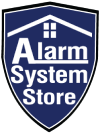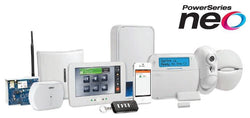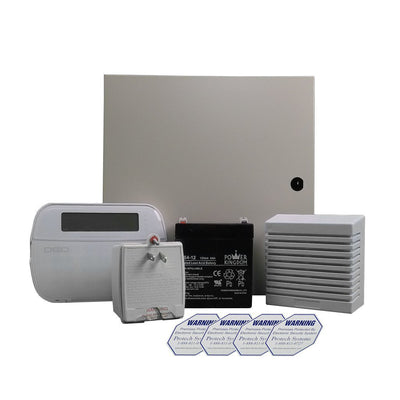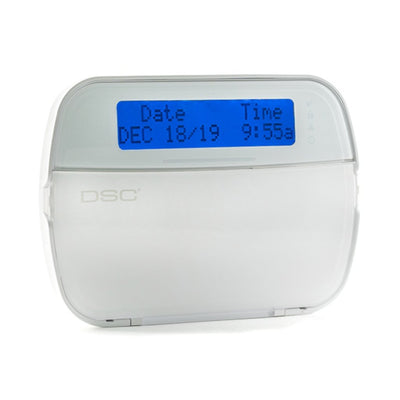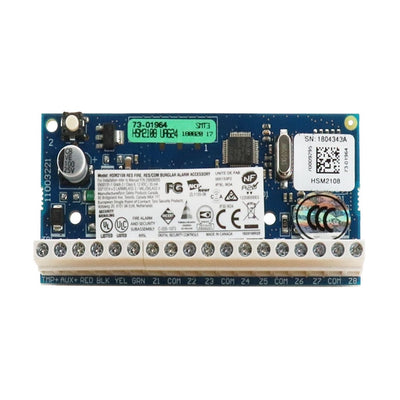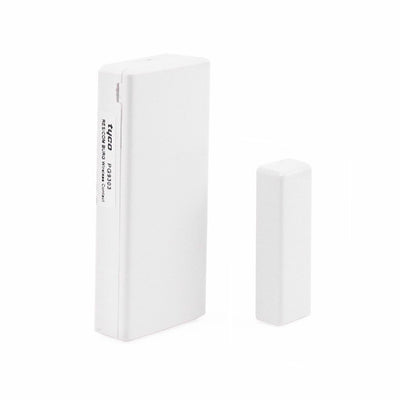
-

DSC PowerSeries NEO Kits & Packages
The DSC PowerSeries NEO is the newest in DSC's line up of high performance security porducts. The DSC NEO is hybrid ready and has a very comprehensive lineup of new PowerG wireless devices. There are four panels in the NEO line and they range in zone capacity from 16-128, 47-94 users codes, and even...
-

DSC PowerSeries NEO Keypads
The DSC PowerSeries NEO has a wide variety of keypads for you to choose from. You can mix and match models as long as you don’t exceed the keypad limit for your control panel. You’ll find fixed message, full message, and touchscreen keypads with features like built-in PowerG transceiver, fully wirel...
-

DSC PowerSeries NEO Accessories & Expansion
If you need to add more to your DSC NEO then these accessories are what you will need to do it. There's a wide range here to make your DSC PowerSeries NEO even more powerful. You can choose zone expanders, wireless receivers, transceivers, high current output modules, and many more. Expand your syst...
-

DSC PowerSeries NEO Power G Wireless
DSC’s PowerG line takes their wireless technology to the next level. It features an astonishing maximum range of 1.24 miles. It has the ability to signal hop to avoid wireless interference and jamming. It has 128-bit AES encryption so that its signals aren’t duplicated. And with its adaptive transmi...
More About DSC PowerSeries NEO
There are four panels in the NEO line and they range in zone capacity from 16-128, 47-94 users codes, and event log storage from 500-1000 events. This means that these systems are not only good for a small home but also can be used in a commercial setting as well. And these panels also feature the same partitioning abilities that you've come to expect from DSC.
The PowerSeries NEO shares a lot in common in with its PowerSeries predecessors on the surface. It even comes in similar sizes when it comes to zones, partitions, and user codes; but the NEO 2128 does have a new higher maximum of 128 zones. The user interface on the LCD keypads is updated and quite a bit easier to navigate than that of the PK5500, but it still feels very familiar. At first glance the programming sections look the same as well. And, for a large part, they are. Thanks to the upgraded hardware, DSC was able to combine many sections into a single section to make the programming more intuitive. That combined with a better interface displayed on the LCD keypads makes for a much nicer programming experience. But, while it has a very similar look for many of its components, the PowerSeries NEO does not work with any of the old PowerSeries components.
The PowerSeries NEO has a full line of keypads to meet just about any situation and need. The keypads come in 4 base models: LED, ICON, LCD, and touchscreen. The LED keypad is a very simple keypad that just has backlights behind a template as the only interface. They are the least expensive, but are also the least useable. The ICON keypads have a fixed LCD readout. They are capable of showing more information, like the date and time, than the LED keypads; but are still difficult to use for things like programming. The LCD keypads have a programmable alphanumeric readout that makes the UI a much better experience. The LCD keypads give you a more menu-based interface that is much easier to navigate and use. You can also program zone names so that you can quickly see what zones are open for instance. We recommend having at least one LCD keypad for the ease of programming, if nothing else. They can save a lot of time and headaches even for those that have programming experience. The touchscreen keypads give you a very luxurious look and feel. They are very easy to use and have a very visual, intuitive menu. They make the day-to-day use of your alarm system very simple and look great on the wall as well. From there the keypads have various other features: proximity tag support, built-in PowerG transceiver, fully wireless, and even voice prompting.
Just like with the keypads, DSC has released a full lineup of expansion boards, modules, and communicators including Alarm.com communicators. There are not quite as many options for the expansion boards on the NEO as there is with the old PowerSeries, but that’s because DSC has pared away the unnecessary and concentrated on the more important and popular options. There is of course the 8 zone hardwired expansion module (HS2108) so that you can expand all the way up to the limit of 128 zones if needed. Need to power those extra power-hungry HS2TCHP touchscreen keypads? Use DSC’s HSM2300 to provide an extra 1A of power. Maybe your house was pre-wired for an alarm system, but you want to add additional sensors without having to mess with running new wires. DSC has the solution for you with their HSM2HOST9 PowerG transceiver. And of course they offer some IP and GSM communicators. These are highlighted by the Alarm.com communicators that give you not only a cellular communicator for central station monitoring, but a new module that can add a new repertoire of features through Alarm.com including: ZWave, weather on the keypads, image sensors, notifications, and remote interaction with the alarm system to name just a few.
Last, but not even close to being least, is DSC’s new PowerG wireless technology that they have released with the PowerSeries NEO. PowerG takes already great wireless security technology and refines it to a whole new level. PowerG is a two-way wireless technology. This means that not only do the components talk to the panel, but the panel can talk back. That ability allows for a whole new set of features that are seamlessly integrated. The PowerG devices can hop between signals so that if for some reason there is some wireless interference or jamming on a frequency, they will switch to a different one to ensure that there is reliable communication at all times. The alarm system can also determine how much power each device needs to use to make its signal reach the transceiver. A device near the transceiver does not need to send a signal that reaches as far as a device that is twice as far. So that device will reduce the amount of power it spends sending the signal to conserve battery life. This can increase the life of your device’s batteries up to 8 years depending on use which can greatly reduce your maintenance fees over time. DSC already had a wireless signal that could reach quite far, but they did not get lazy in that area either. PowerG has an impressive line-of-sight transmission distance of 2km (1.24mi). That distance coupled with a PG9920 repeater will allow you to cover a large area. DSC has a full line of PowerG sensors from a standard PG9945 contact to a PG9985 flood detector to a PG9911B outdoor siren.
Note: Kits are specially priced and individual kit pieces may not be returned for refund.
